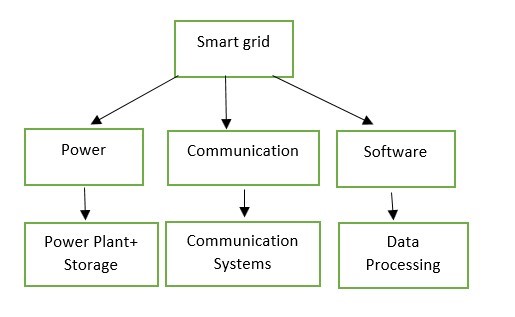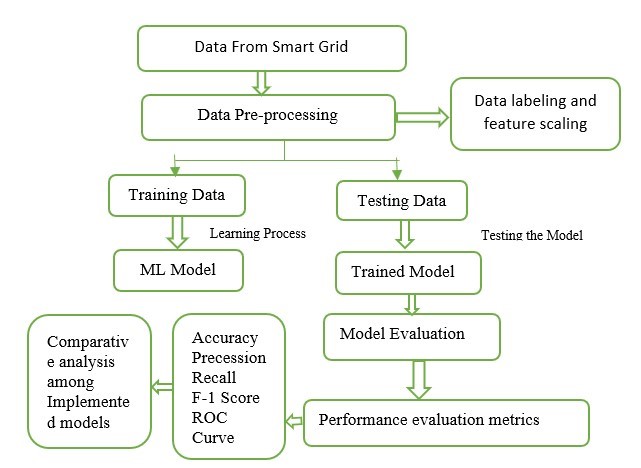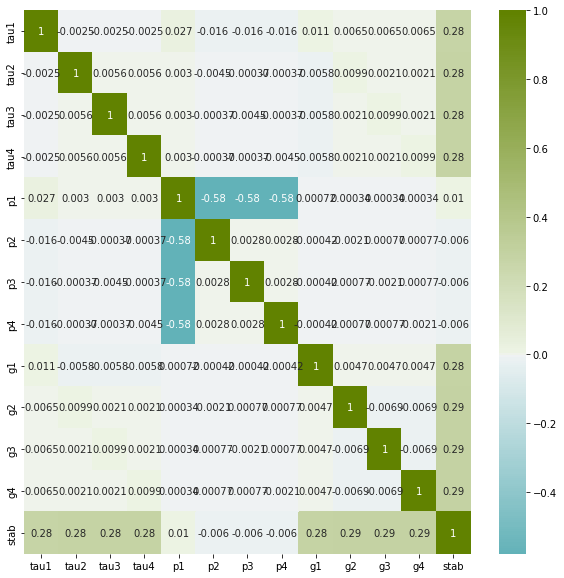Prediction of Power Consumption in Smart Grid: A Reliable Path to a Smart City Based on Various Machine Learning Models
July, 2022 - November 21, 2022
Abstract: The smart grid is a technology that was created today to address the problem of maintaining significant quantities of energy consumption with the help of emerging nations. Smart cities, like the smart grid, have an energy infrastructure that is arguably the single most important feature in any city. Smart cities depend on a smart grid to ensure resilient delivery of energy to supply their many functions, including those responsible for public safety and the public. It consists of smart distribution boards and circuit breakers integrated with home control and demand response, where load control switches and smart appliances are located. The smart grid vision is supported by the use of information and communication technology. In this article, the capabilities and technologies of the smart grid are compared across several machine learning and deep learning technologies. The deep learning (ANN) methodology was used to find the best approaches for forecasting grid stability. Various supervised machine learning classifiers are utilized to estimate accuracy, AUC-ROC, and other metrics. According to the investigation, deep learning-based estimations were actually more accurate than supervised learning-based ones. As a result, accurate power consumption estimation makes sure the entire chain runs smoothly.


